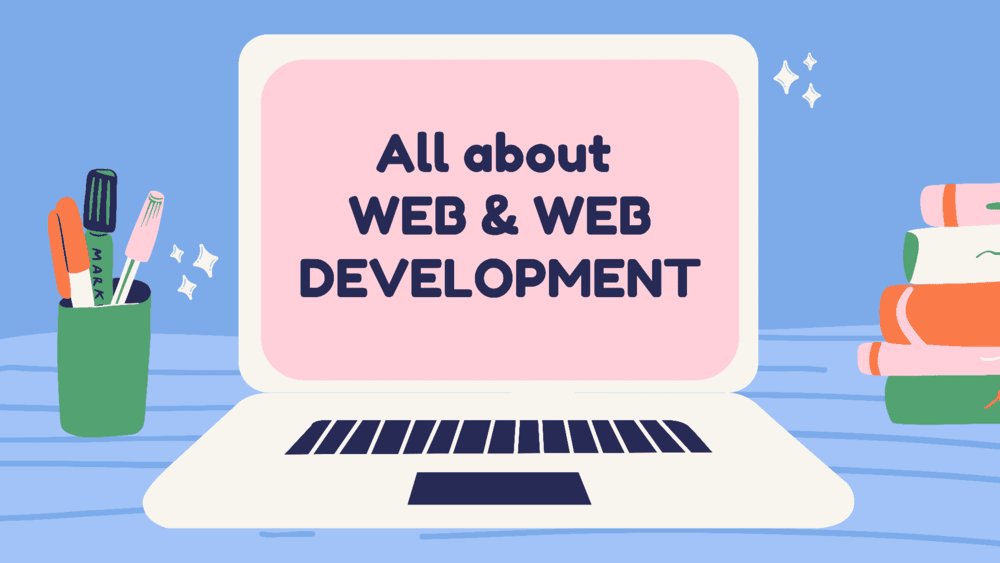Introduction
In today’s digital world, having a strong online presence is crucial. Whether you’re a business owner, marketer, or simply someone eager to dive into web development, understanding the fundamental tools and technologies is your first step. This guide will walk you through the essential web development tools and technologies that every beginner should know, setting you up for success in creating, managing, and optimizing your web projects.
1. Understanding Web Development: The Basics
Before jumping into specific tools, let’s break down what web development entails. Web development generally falls into two categories:
- Front-End Development: This involves everything users interact with directly on a website. It includes the design, layout, and interactive elements.
- Back-End Development: This focuses on the server-side, managing data, and ensuring everything runs smoothly behind the scenes.
2. Essential Front-End Tools and Technologies
2.1 HTML (HyperText Markup Language)
HTML is the backbone of any web page. It structures the content and provides a framework for adding other elements. Every beginner should understand basic HTML tags and their functions.
2.2 CSS (Cascading Style Sheets)
CSS styles the HTML content. It controls the look and feel of a website, from colors and fonts to layout and spacing. Familiarize yourself with concepts like selectors, properties, and responsive design to make your site visually appealing.
2.3 JavaScript
JavaScript brings interactivity to your site. From simple animations to complex web applications, learning JavaScript basics is crucial. Libraries like jQuery and frameworks like React or Vue.js can further enhance your skills as you progress.
2.4 Code Editors
- Visual Studio Code: A popular, free code editor with numerous extensions and robust features for HTML, CSS, and JavaScript.
- Sublime Text: Known for its speed and simplicity, it’s great for quick coding tasks.
3. Essential Back-End Tools and Technologies
3.1 Server-Side Languages
- JavaScript (Node.js): Allows you to use JavaScript for server-side programming, enabling you to create dynamic web applications.
- Python: Known for its readability and simplicity, Python is widely used in web development with frameworks like Django and Flask.
- PHP: A widely-used language for server-side scripting, particularly popular in content management systems like WordPress.
3.2 Databases
- MySQL: An open-source relational database management system, ideal for managing and querying data.
- MongoDB: A NoSQL database that stores data in flexible, JSON-like documents. Useful for applications requiring large volumes of unstructured data.
3.3 Web Servers
- Apache: A robust, open-source web server that’s widely used for hosting websites and applications.
- Nginx: Known for its performance and scalability, often used in conjunction with Apache or as a standalone server.
4. Essential Tools for Development and Deployment
4.1 Version Control
- Git: A must-have for tracking changes in your code and collaborating with others. Platforms like GitHub or GitLab offer additional features for managing repositories and code review.
4.2 Development Frameworks
- Bootstrap: A front-end framework for building responsive and mobile-first websites quickly.
- Angular: A comprehensive framework for building dynamic web applications, maintained by Google.
4.3 Deployment Platforms
- Netlify: Provides a seamless deployment process for static sites and serverless functions.
- Heroku: A cloud platform that makes it easy to deploy and manage web applications in various programming languages.
5. Best Practices and Tips for Beginners
- Stay Updated: Web development is constantly evolving. Follow industry blogs, take online courses, and participate in forums to keep your skills current.
- Practice Regularly: The best way to learn is by doing. Build projects, experiment with new technologies, and apply what you learn.
- Seek Feedback: Share your work with others to get constructive criticism and suggestions for improvement.
Conclusion
Navigating the world of web development can be overwhelming at first, but with the right tools and technologies, you’ll be well on your way to creating successful web projects. Start with the basics—HTML, CSS, and JavaScript—and gradually explore more advanced tools and frameworks. Remember, continuous learning and hands-on practice are key to mastering web development.
Are you ready to start your web development journey? Share your thoughts or ask questions in the comments below, and don’t forget to check out mdawebsites.com for more resources and support!
